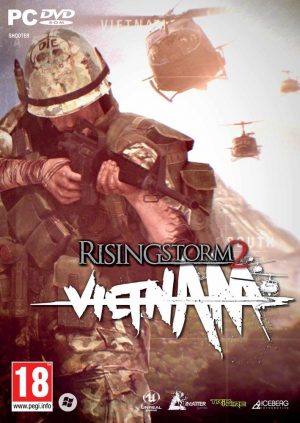
- System: PC
- Publisher: Iceberg Interactive, Tripwire Interactive
- Developer: Rising Storm Team
- Release Date: May 7, 2017
- Pricing: $24.99
- Raiting: N/A
- Genre: FPS, Tactical Shooter
- Official Website: https://rs2vietnam.com/
Processor: Intel Core i3 @ 2.5GHz or AMD Phenom @ 2.5GHz
Memory: 4 GB RAM
Graphics: NVIDIA GeForce GTX 460 or ATI Radeon HD 5850
DirectX: Version 11
Storage: Broadband Internet connection
Sound Card: 28 GB available space
Additional Notes: UNSUPPORTED HARDWARE: 32-bit Operating Systems
Players: 1-64
Who it Caters to
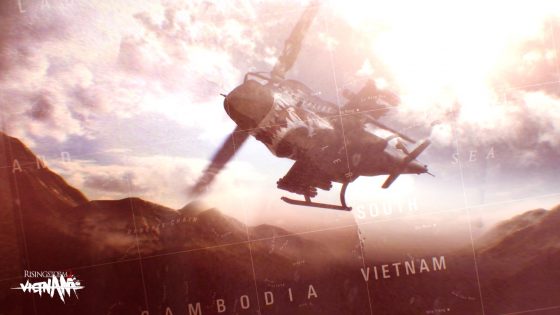
What to Expect
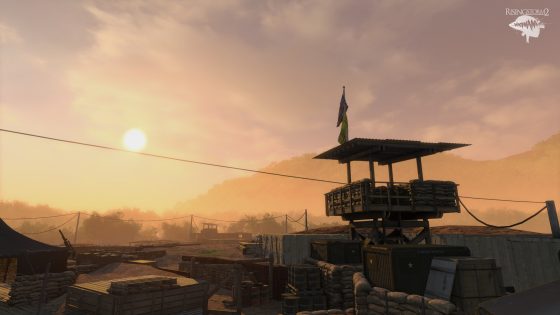
Supremacy is similar to Territories in that they both focus on control of specific zones on the map. Think of this mode as a "tug of war" between two teams. Both teams are trying to capture certain objectives and generate points. Points are generated while the zone is connected to your team's home base. Breaking supply lines between objectives allow you to deny points to the enemy. Hold objectives and earn more points than the enemy to win in this game mode.
Skirmish involves objective control as well (we're starting to see a common theme here). It's a fast-paced game mode designed for 8-24 players. Each time has a limited amount of respawn time on the clock. Controlling objectives on the map increases the amount of time your team has to continue respawning. You can win by holding all objectives for a full minute. Or you can hold enough objectives to force the enemy's spawn time to reach 0 and lockout. At that point, you can wipe out the enemy soldiers and claim victory.
Rising Storm 2: Vietnam - Bushranger Update
Story
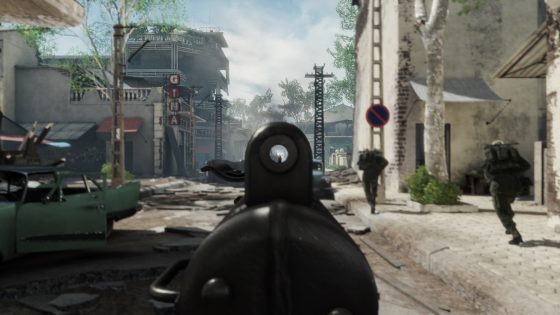
Gameplay
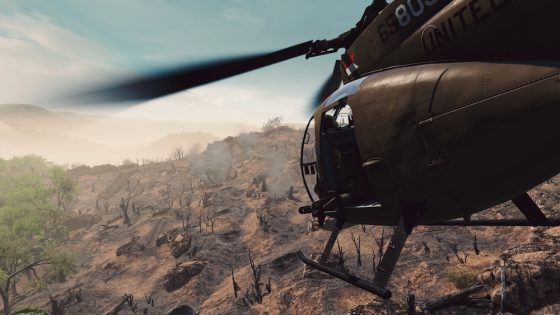
FPS games set in Vietnam have been very enjoyable games for fans of the genre. That's because the combat is generally pretty versatile. You have tanks, a wide array of weapons, aircraft bombings, jeeps driving through jungle terrain, claymores, diverse and well-constructed maps, and an overall feeling of dirty and bloody warfare.
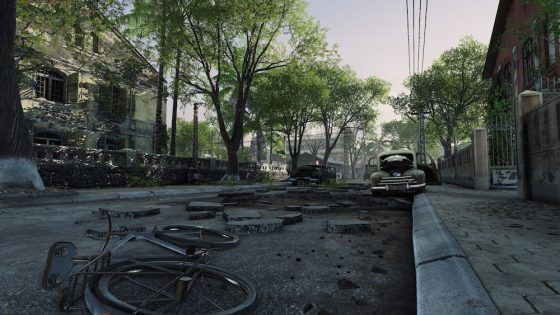
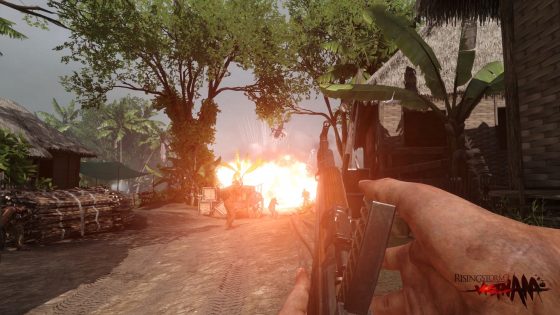
The biggest reason for friendly fire is that there is a minimal differentiation between U.S. Armed Forces and the NVA and Viet Cong. The shapes of their helmets and color of the uniforms are extremely hard to recognize in the midst of battle. If they're a good distance away or hiding in the brush, you're going to need a few seconds to distinguish which side they're fighting for. In those seconds that soldier will probably not hesitate and shoot you if he sees you. Friendly fire or not, some people just shoot the first thing that enters their scope. Your team will lose points everytime friendly fire takes place so your team members will not be pleased if you continually shoot them by mistake.
The third reason why this game feels like a dying simulation is because of the amount of time you spend running to contested zones on the map. Once you spawn, it takes you a good minute and a half to spring to where the fighting is taking place. Along the way, you might be shot at by your own soldiers. Once you reach the battle zone, you better stay under cover as possible because bullet damage is very realistic.
Any stray bullet, from friend or foe, can kill you instantly if it hits you in a vital area. If you manage to survive the skirmish for a bit, be wary of heavy artillery fire coming from the helicopters up above. Though the enemies have decent aim, allied forces can shoot you down just the same if they don't check the map before laying down machine gun rounds from the skies up above. These annoyances wouldn't be so bad on their own, but every time you die you have to run back to the contested zone. It's common to play a solid 8-10 minutes where you haven't gotten a chance to fire your weapon a single time and yet have died 3-4 times already. It feels like you run to zone just to die and then rinse and repeat.
At first, we thought this was all happening because we hadn't played any previous games from Tripwire Interactive, such as the Red Orchestra series. However, we poked around and discovered that people at the top of the leaderboards die quite often as well. They decrease the amount of friendly fire by constantly checking the map and making sure no enemy units are nearby. But, that is a skill you have to develop as almost no other FPS games force you to do this. Also, you can easily be shot by the enemy when you're viewing your map. It's a needless hassle that takes some of the enjoyment out of the game.
Honey's Gameplay Consensus:

It's definitely a more tactical and experienced-based type of warfare than most casual fans are willing to put up with.
We feel that it would have been so much more enjoyable if it had implemented a few features such as a replay system, and a way to tell enemies apart from allies in a more efficient manner.
Honey's Pros:
- Great sounds
- Weapon variety
- Vehicle functionality
- Attention to time period details
Honey's Cons:
- Friendly fire issues
- Lack of a campaign or solo mode
- Lack of rewards from leveling up an account
- Lack of replay system
- Poor map design
Honey's Final Verdict:
As always, thanks for taking the time to read our thoughts on this game. Have a great day and we'll see you in the next article!

